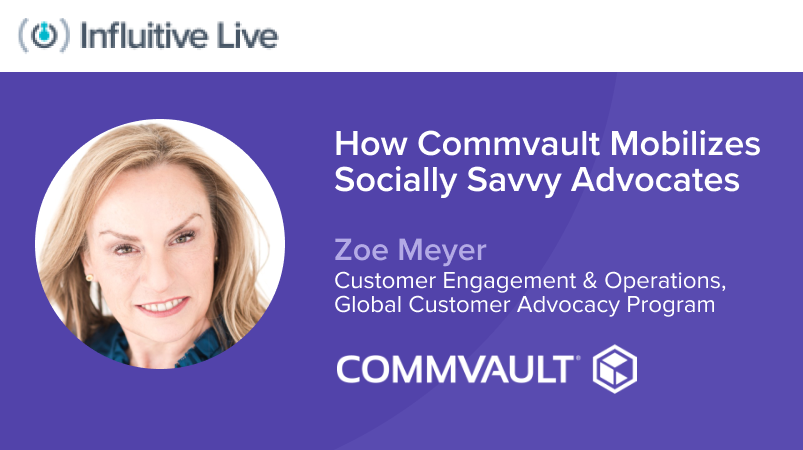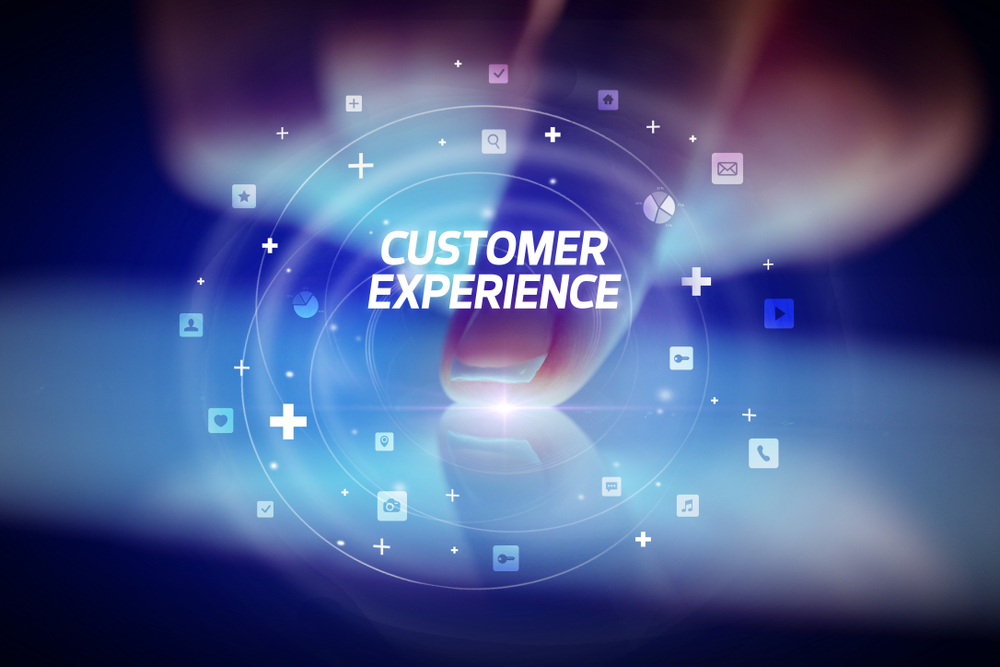The Sales Department needs a reference to speak with a prospect.
Demand Generation needs a customer success story for a specific campaign.
Product Marketing needs a customer to speak with an analyst for a product review.
These are just a few examples of the diverse requests you may have in your organization where you are sending countless emails to colleagues to identify that Happy Customer who could help with that request.
Many B2B organizations have created a support function or program to address these requests. Often, reference programs are born out of the need to support the sales lifecycle with customers who will speak with prospects.
It then leads to marketing asking sales for customers to speak at events, and so on. The result is a barrage of 1-off requests, often to the same customer. This is a reactive approach, likely resulting in reference burn-out.
Turning a reactive response into a proactive strategy to engage your Happy Customers aligns the sales and marketing objectives.
SiriusDecisions surveyed over 600 B2B marketers in a B2B Buyer’s Survey and found the following:
- In the early buying stages, peers are second only to analysts as the most influential information source, and 51% say peer referrals are their most favored content
- In the mid-buying stage, peers are ranked as the most influential information source (23%)
- In the late buying stage, peers are the most trusted information source (29%)
Sourced: ProofPoint Marketing/SiriusDecisions
As sales and marketing continue to understand the evolving buyer’s journey, one thing is clear: your brand advocates are the peer influence you need to help you achieve business goals.
Another study by Forrester found that B2B marketers can tie revenue results directly to advocacy programs. Among those interviewed, roughly 50% of participants said they saw higher conversion rates, more qualified leads, and greater sales efficiency when they involved advocates in their campaigns.
A customer advocacy program can be a jointly developed plan & process between sales and marketing, which should offer all kinds of engagement opportunities, like speaking with peers, creating a customer success story, and speaking with an analyst.
Organize your Happy Customers and proactively work with them to understand the types of engagement that work best for them based on their interest and level of comfort. Leverage the activities that have been the most requested and expand to include all corporate and product marketing initiatives in your program offering.
You now have a database of Happy Customers identified with the activities that are right for them. Don’t wait to engage them; begin the relationship toward them advocating on your behalf with custom opportunities to showcase their success.





